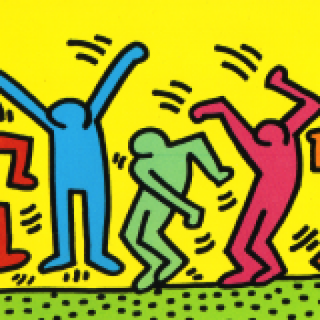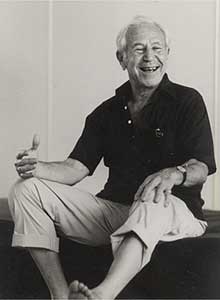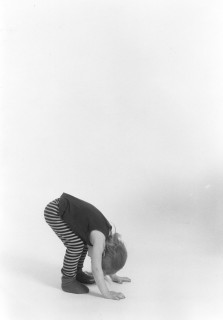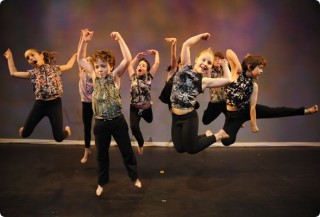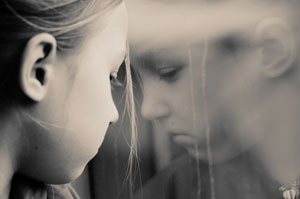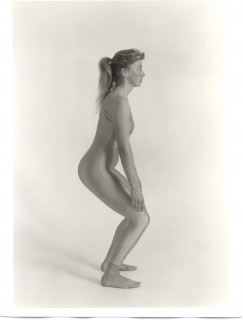
Practical work part 1 (Bioenergetic Analysis)
The BA as a body psychotherapy therefore works with the physical tension, the breathing, the shaping of the body and personality by the life experience / history, the individual mind and the relationship constellations in childhood and in everyday life today. The BA explicitly and specifically works with the process of respiration, the differentiated (body) perception, the physical (self-) expression. This is supported either by specific exercises / settings or by looking at this process on the level of transference and countertransference. (Lowen 1981, 1984, Koemeda-Lutz 2002)
The “grounding-concept” probably is the best well-known concept of BA. It shows …………
Read More



